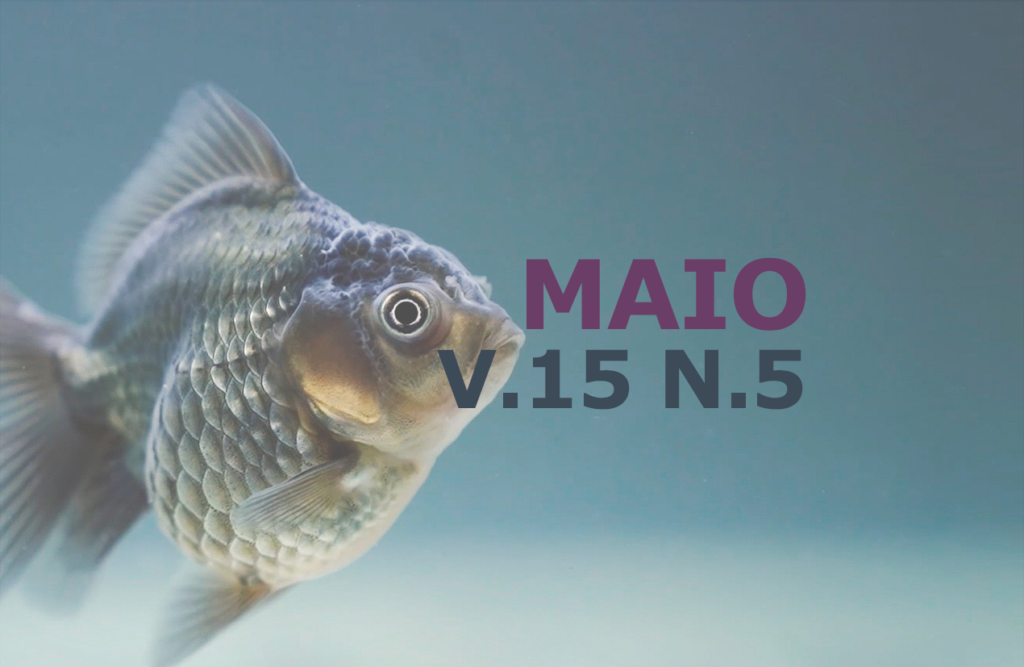Use of tilapia skin in mandibular symphysis disjunction in feline: Case report
DOI:
https://doi.org/10.31533/pubvet.v15n05a824.1-8Keywords:
Oreochromis niloticus, postoperative, burn, mental symphysis, traumaAbstract
Mandibular trauma is common in small animals and the region most affected in cats is the mental symphysis. With the traumatic impact, the animal presents a picture of injuries with discontinuity of anatomical and cellular tissues, leading to open and unexposed fractures. As therapeutic options, there are surgical methods such as intramedullary pin, external skeletal fixation, cerclage and the use of acrylics and bone plates. For the injured region, the use of cheap and flexible dressings is recommended, providing comfort and well-being to the patient, so that in the end it reaches the consolidation of the symphysis and restores oral functionality to the animal. Therefore, the use of Nile tilapia skin appears as an alternative to biological material, providing all the characteristics that the animal needs for re-epithelialization, comfort, flexibility, excellent adhesion and reduction of hydroelectrolytic losses. Therefore, this work aims to report the use of Nile tilapia skin associated with Dersani® ointment as a temporary occlusive dressing in mandibular symphysis disjunction after epithelial necrosis, in a feline, SRD of approximately 4 months of age. The skin was previously prepared at the Centro Universitário do Cerrado (UNICERP), in a sterile laboratory. For this, a 2% chlorhexidine solution was used and a 0.9% saline solution. The technique was repeated 3 times, always removing all material from the harness that would not be used, preserving the scales and leather of the product. After cleaning, the material was packaged, identified and stored in the refrigerator for refrigeration, using 80% saline solution and 20% glycerin as storage medium. Then, the size of the edges was measured with the use of a caliper and subsequently the area of the lesion was cleaned and scarified for placement of the biological material. The tilapia skin was changed every 3-4 days, always checking the evolution of the wound and the presence of infections and inflammations, for approximately 17 days. In short, we observed the evolution of the wound that always remained clean and free of infections, leaving the animal calm and well-being. The technique proved to be effective, bringing agility in the postoperative and monetarily more viable to the owner.
Downloads
Published
Issue
Section
License
Copyright (c) 2021 Francielli Lara Machado, Danielle Cristine Borges da Silva, Carla dos Santos Taveira, Francielle Aparecida Sousa

This work is licensed under a Creative Commons Attribution 4.0 International License.
Você tem o direito de:
Compartilhar — copiar e redistribuir o material em qualquer suporte ou formato
Adaptar — remixar, transformar, e criar a partir do material para qualquer fim, mesmo que comercial.
O licenciante não pode revogar estes direitos desde que você respeite os termos da licença. De acordo com os termos seguintes:
Atribuição
— Você deve dar o crédito apropriado, prover um link para a licença e indicar se mudanças foram feitas. Você deve fazê-lo em qualquer circunstância razoável, mas de nenhuma maneira que sugira que o licenciante apoia você ou o seu uso. Sem restrições adicionais
— Você não pode aplicar termos jurídicos ou medidas de caráter tecnológico que restrinjam legalmente outros de fazerem algo que a licença permita.





